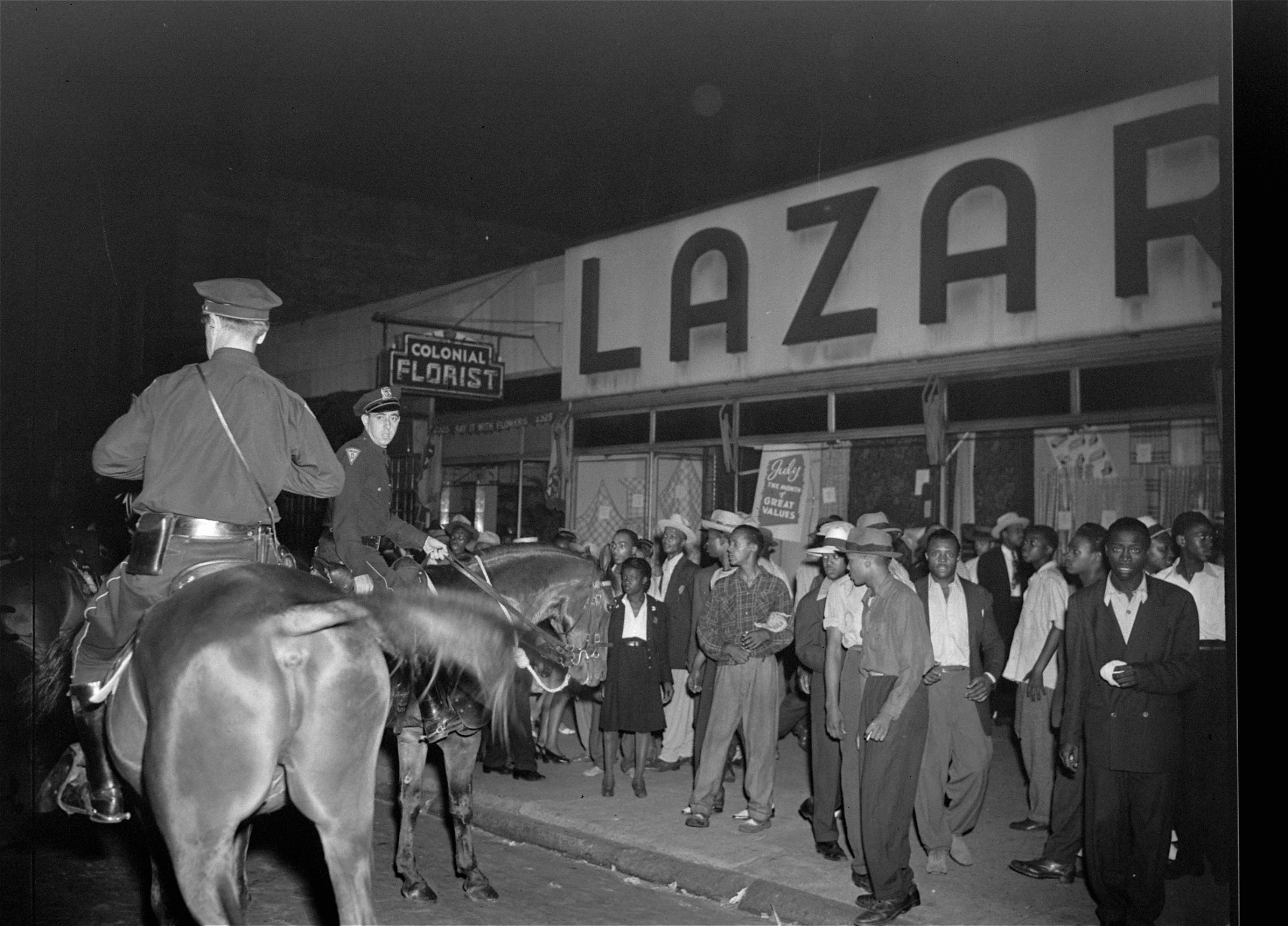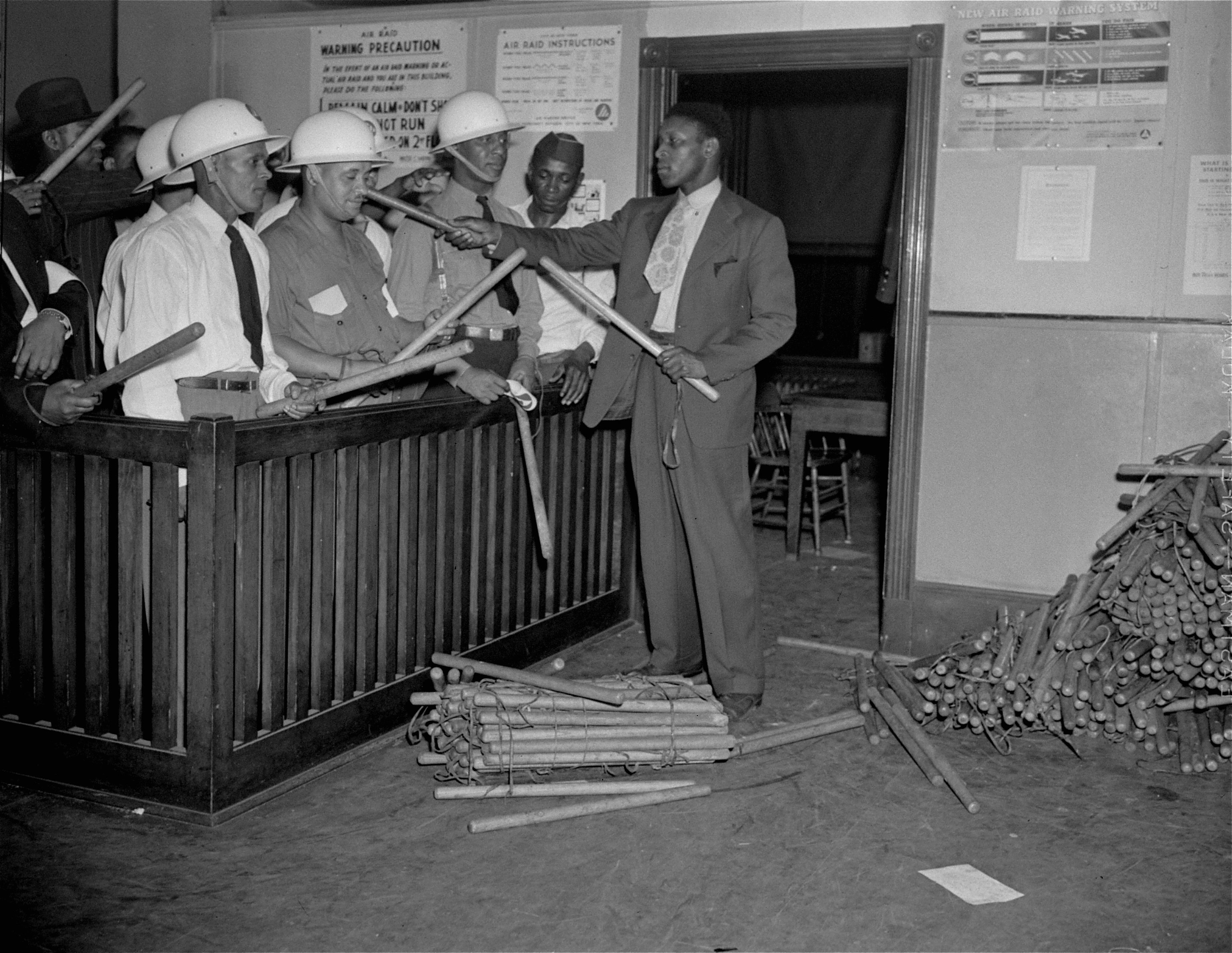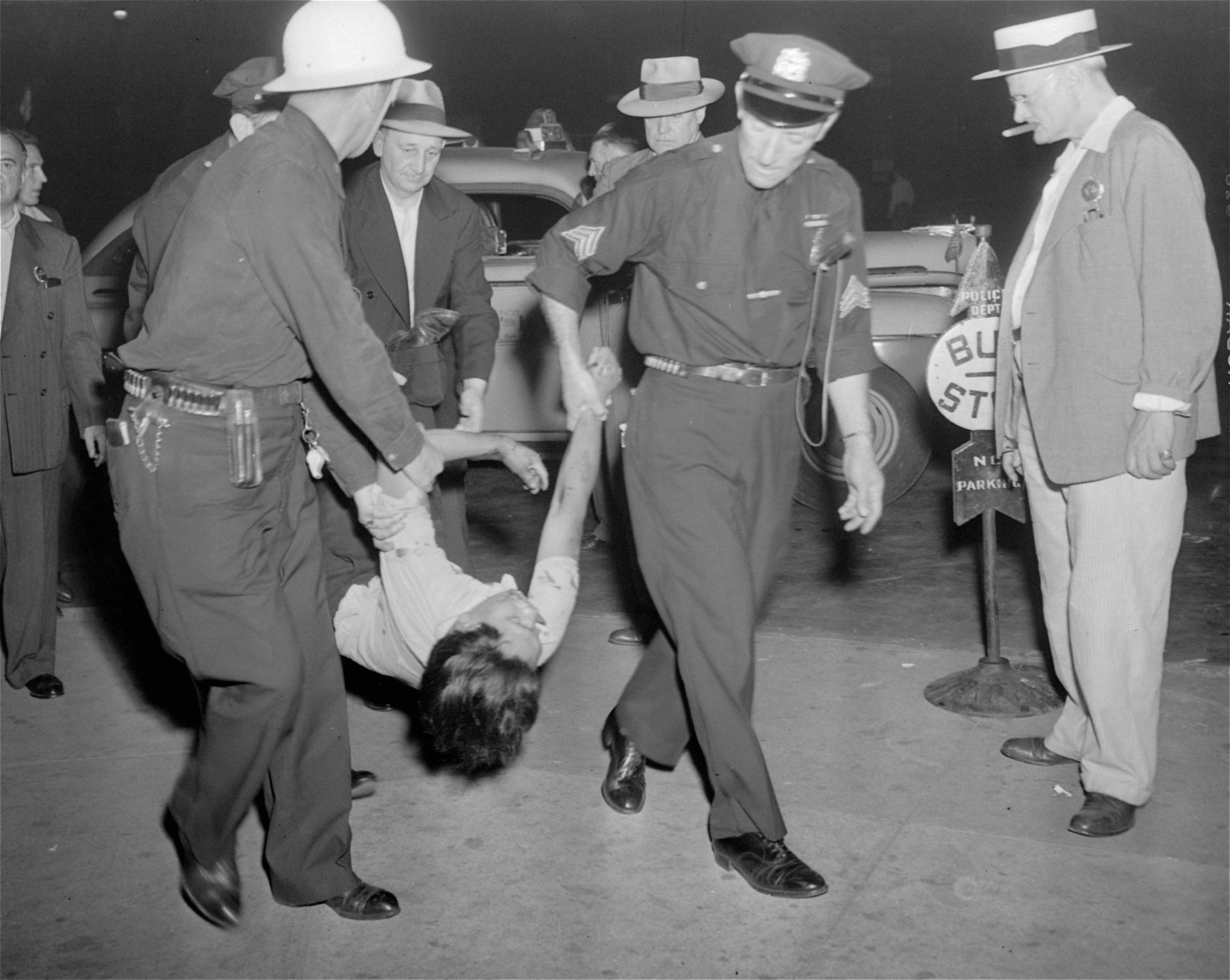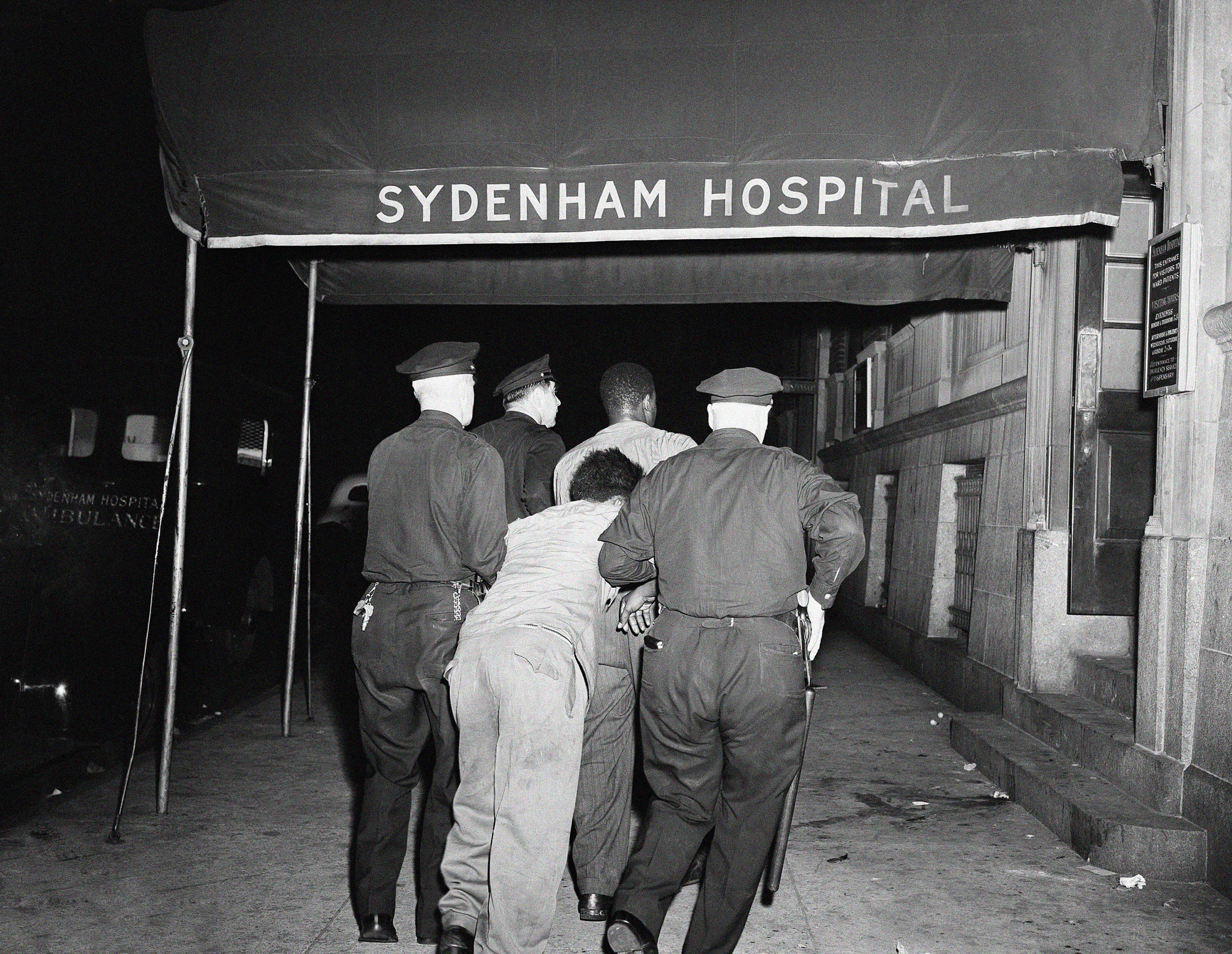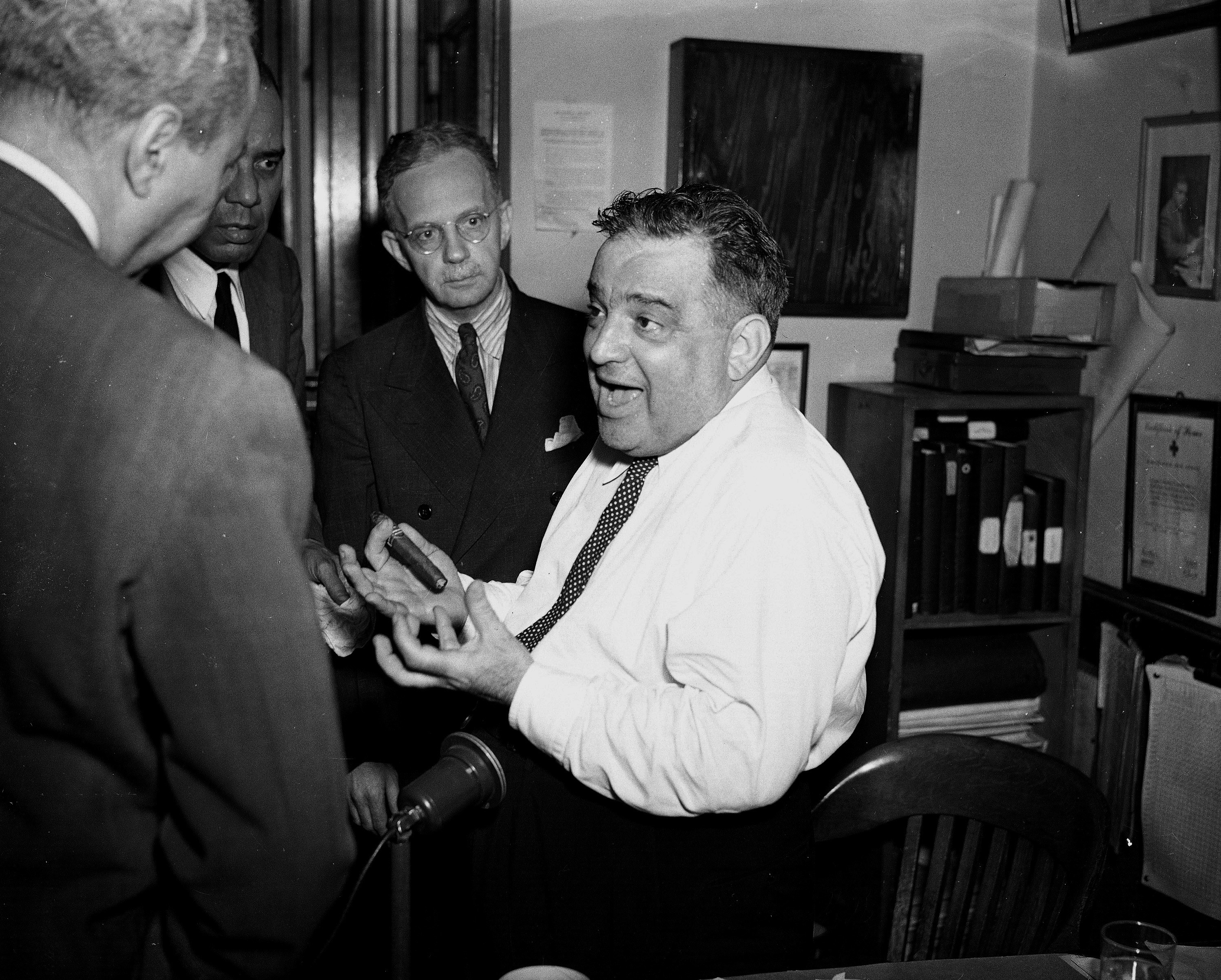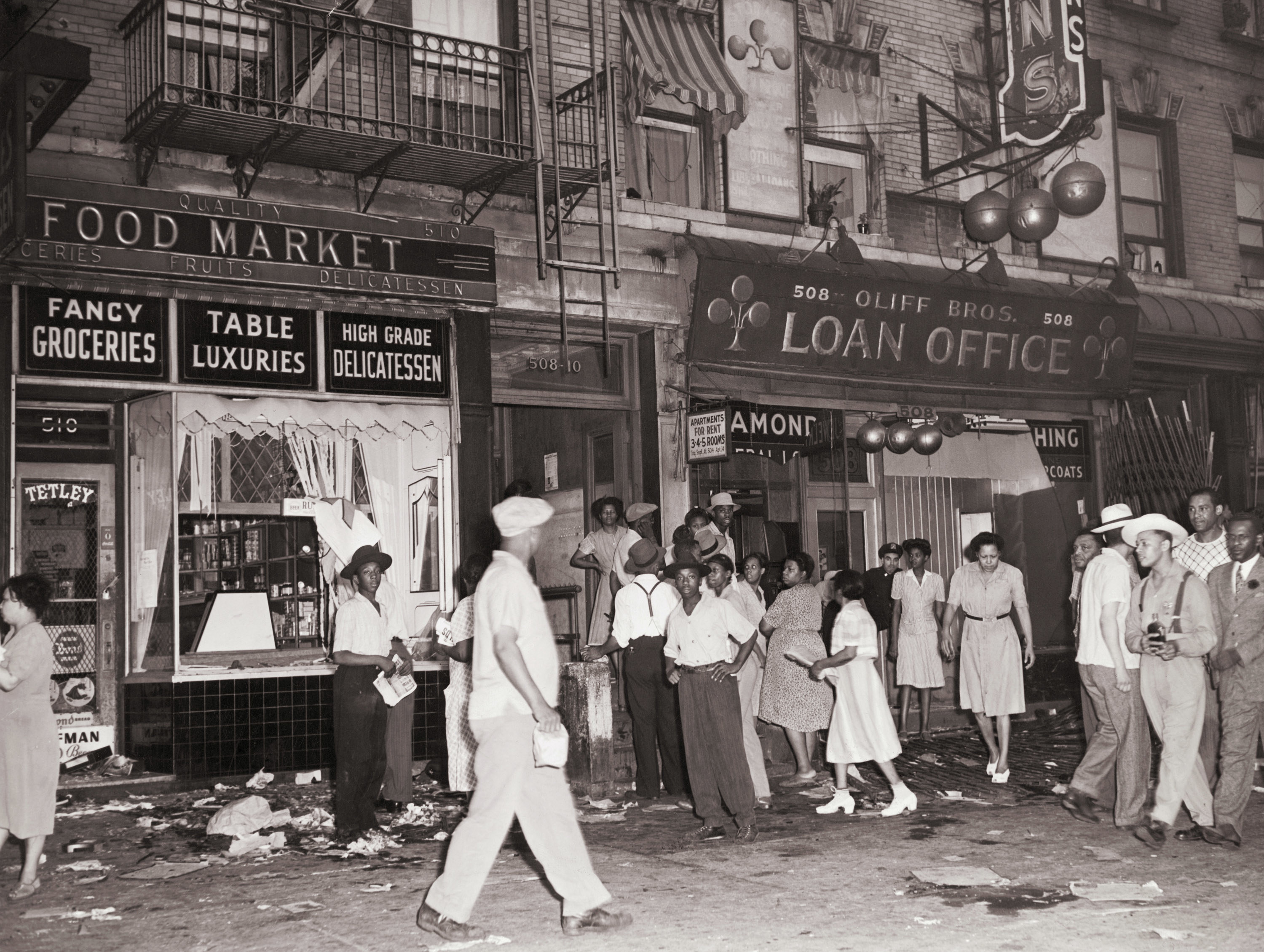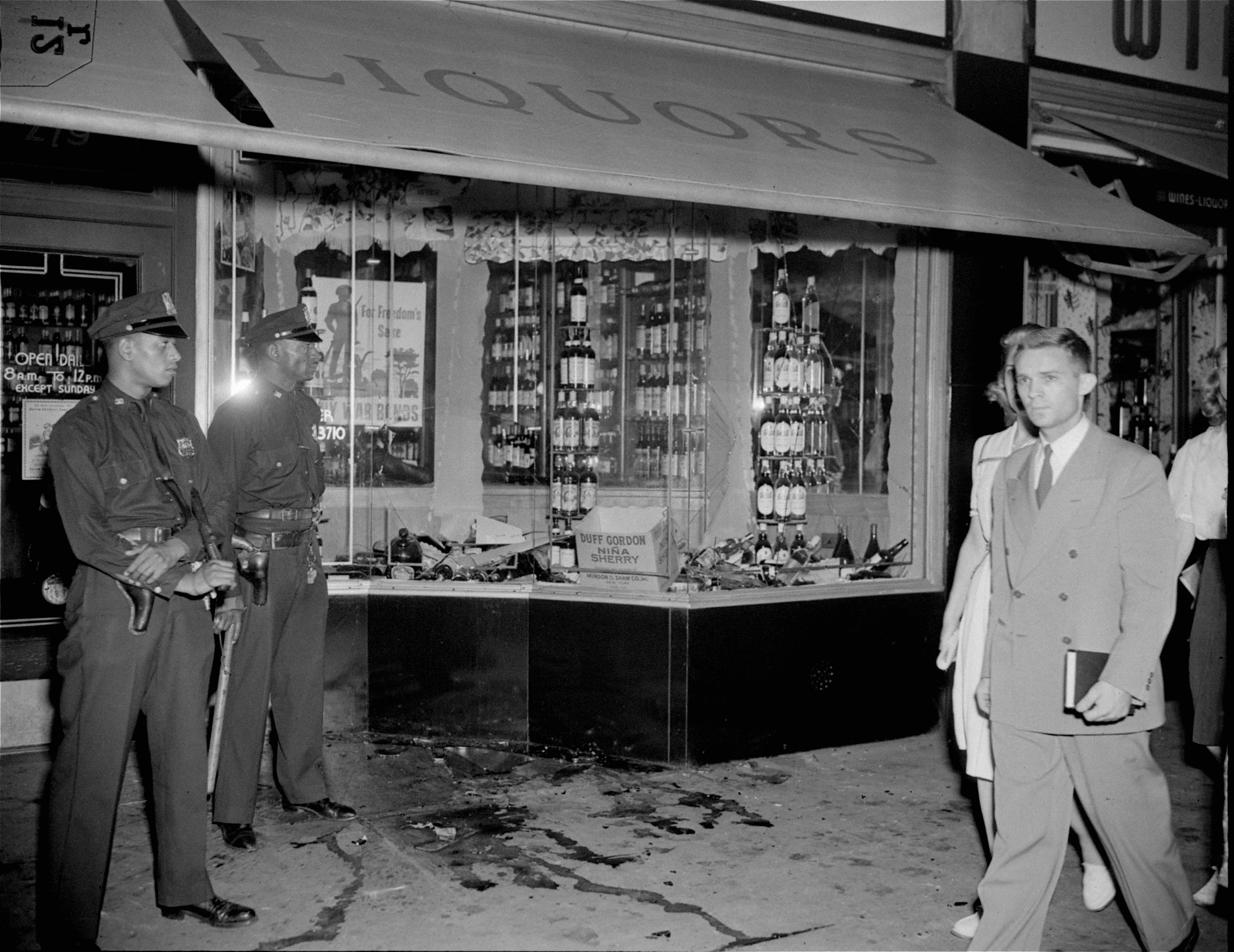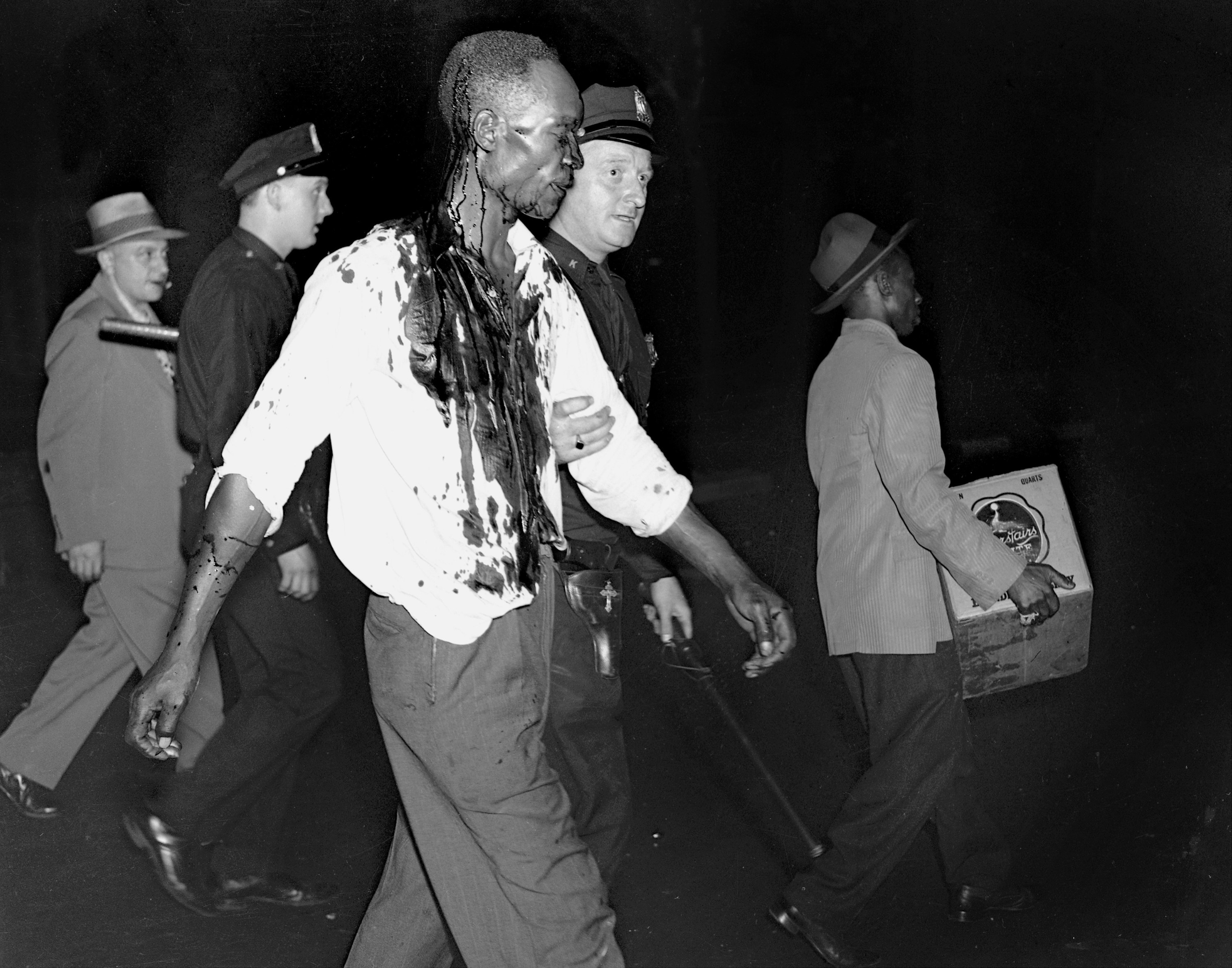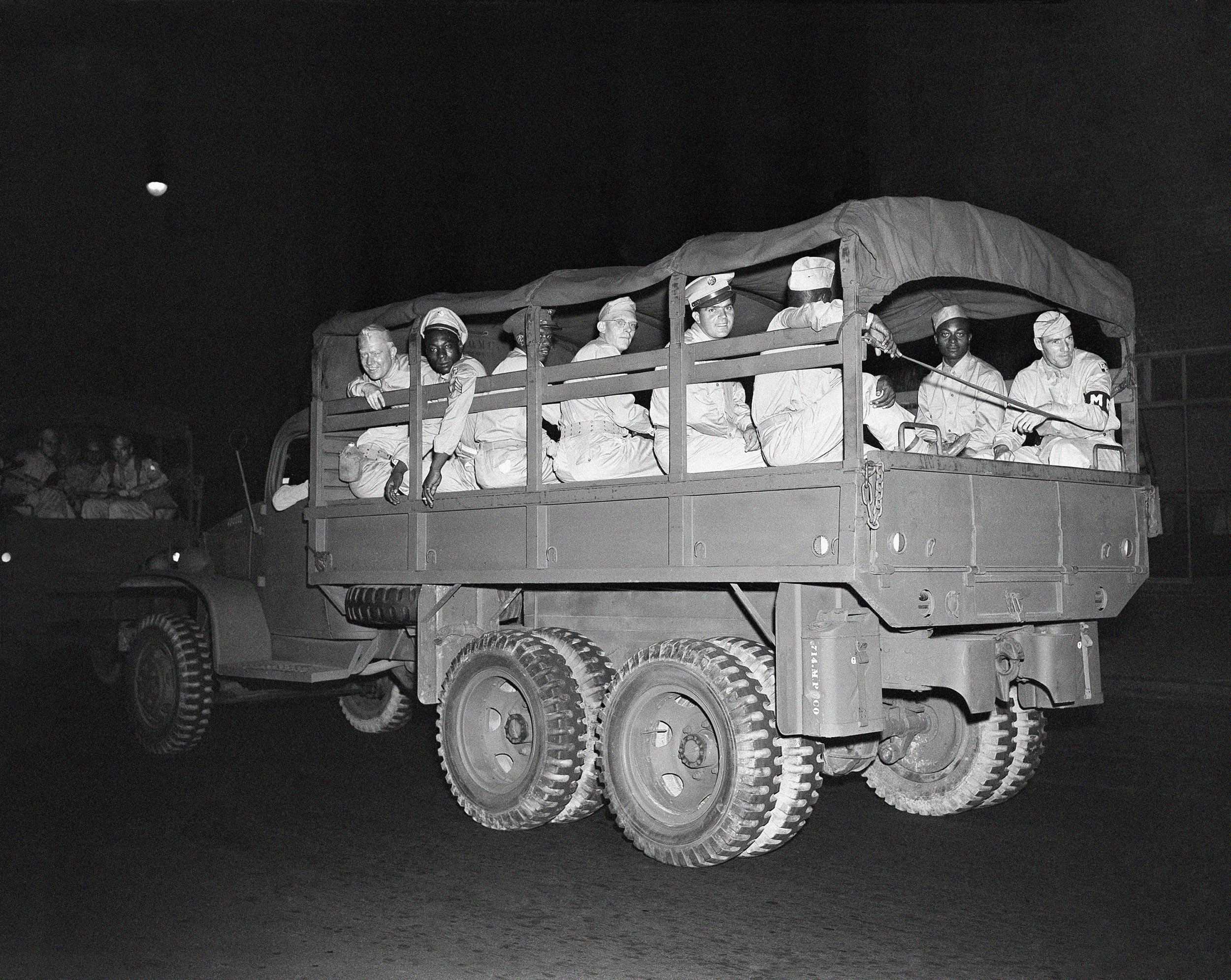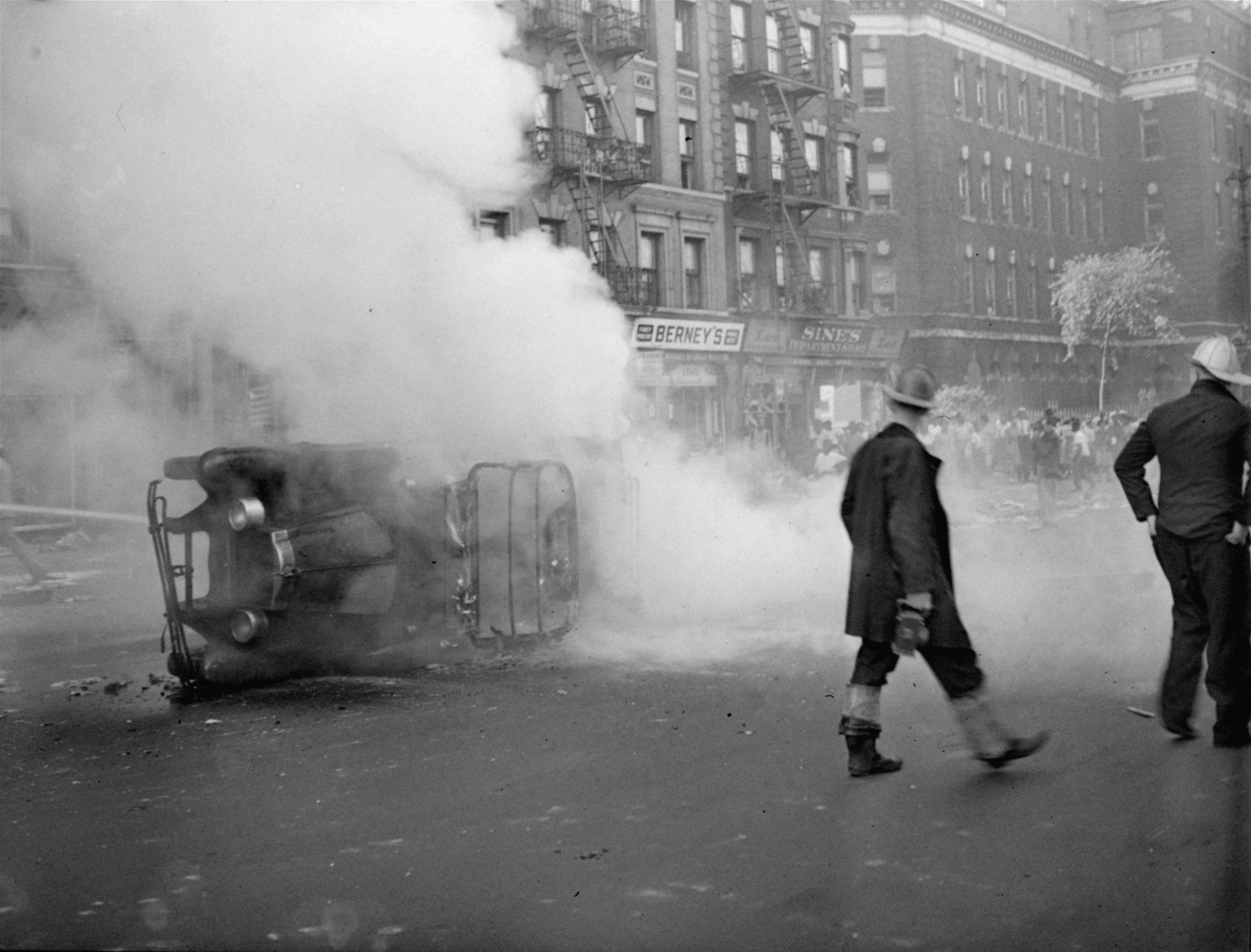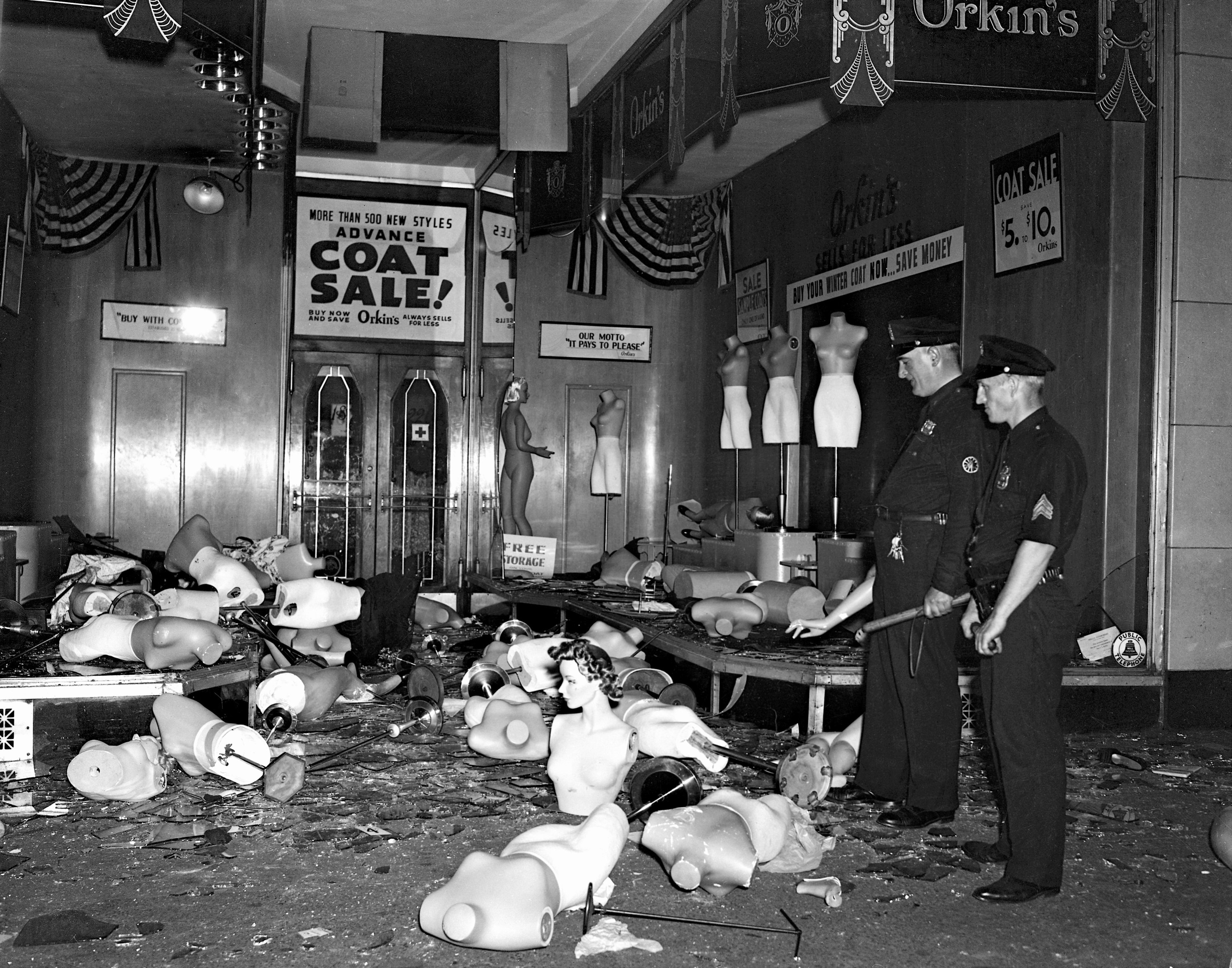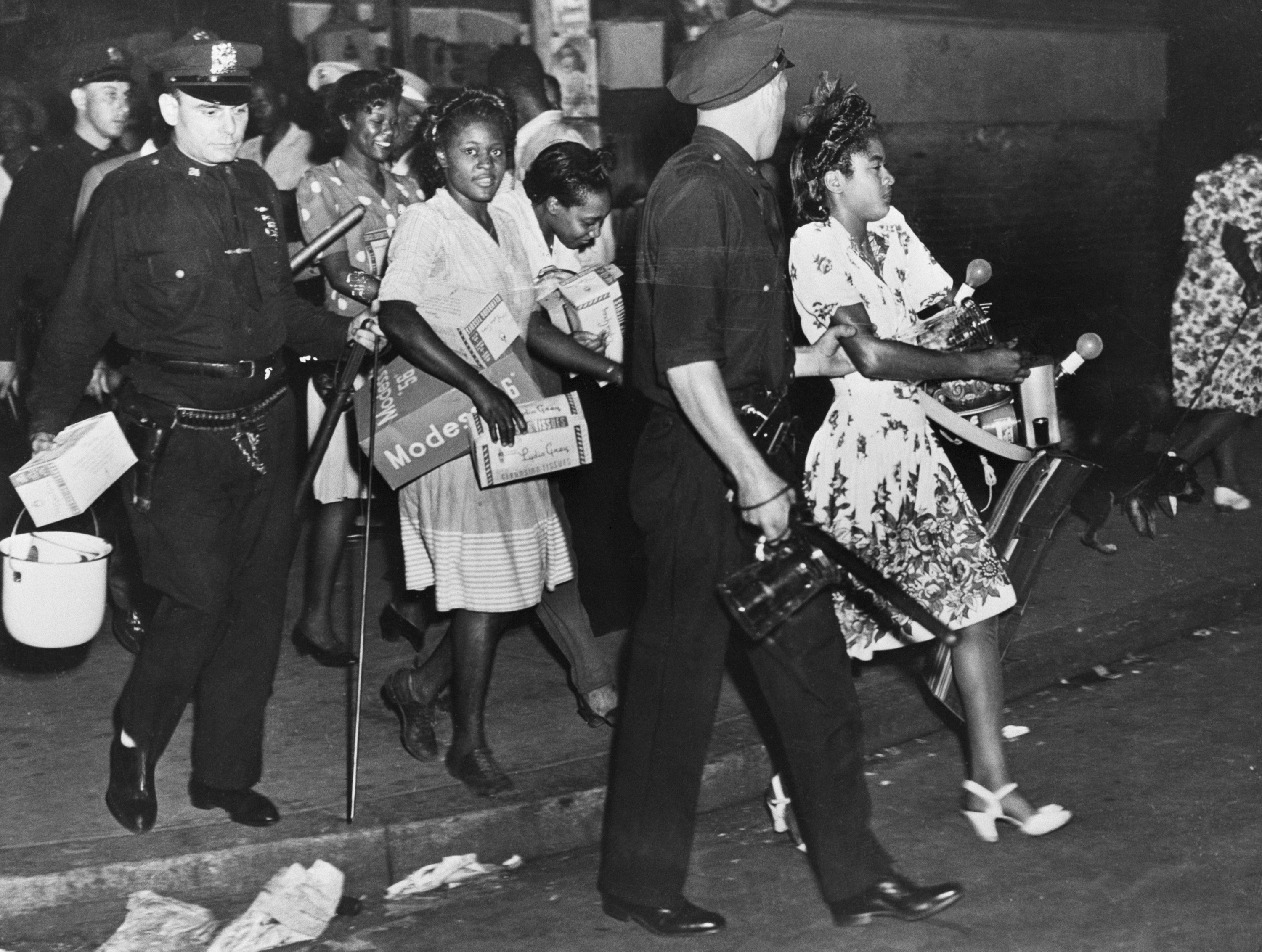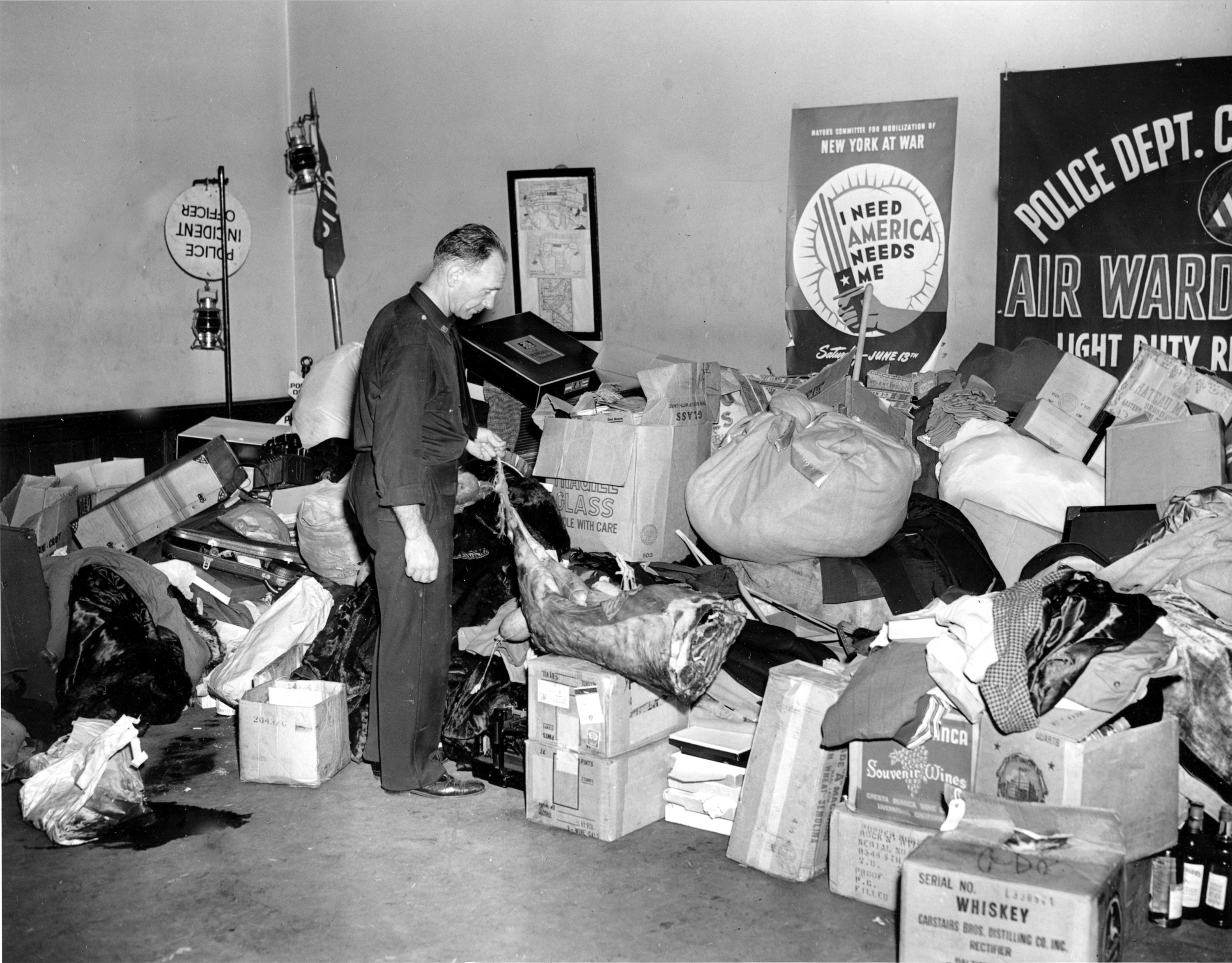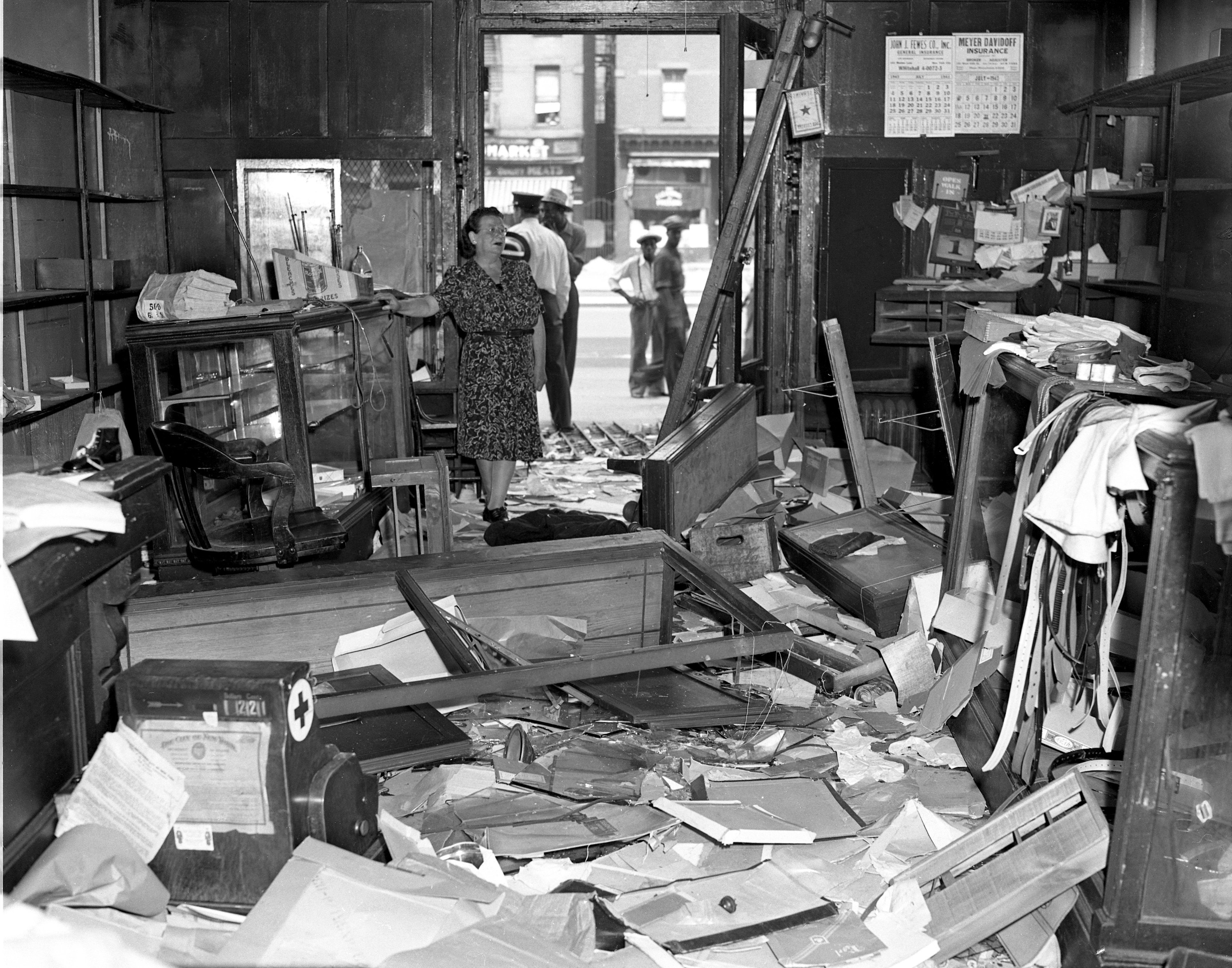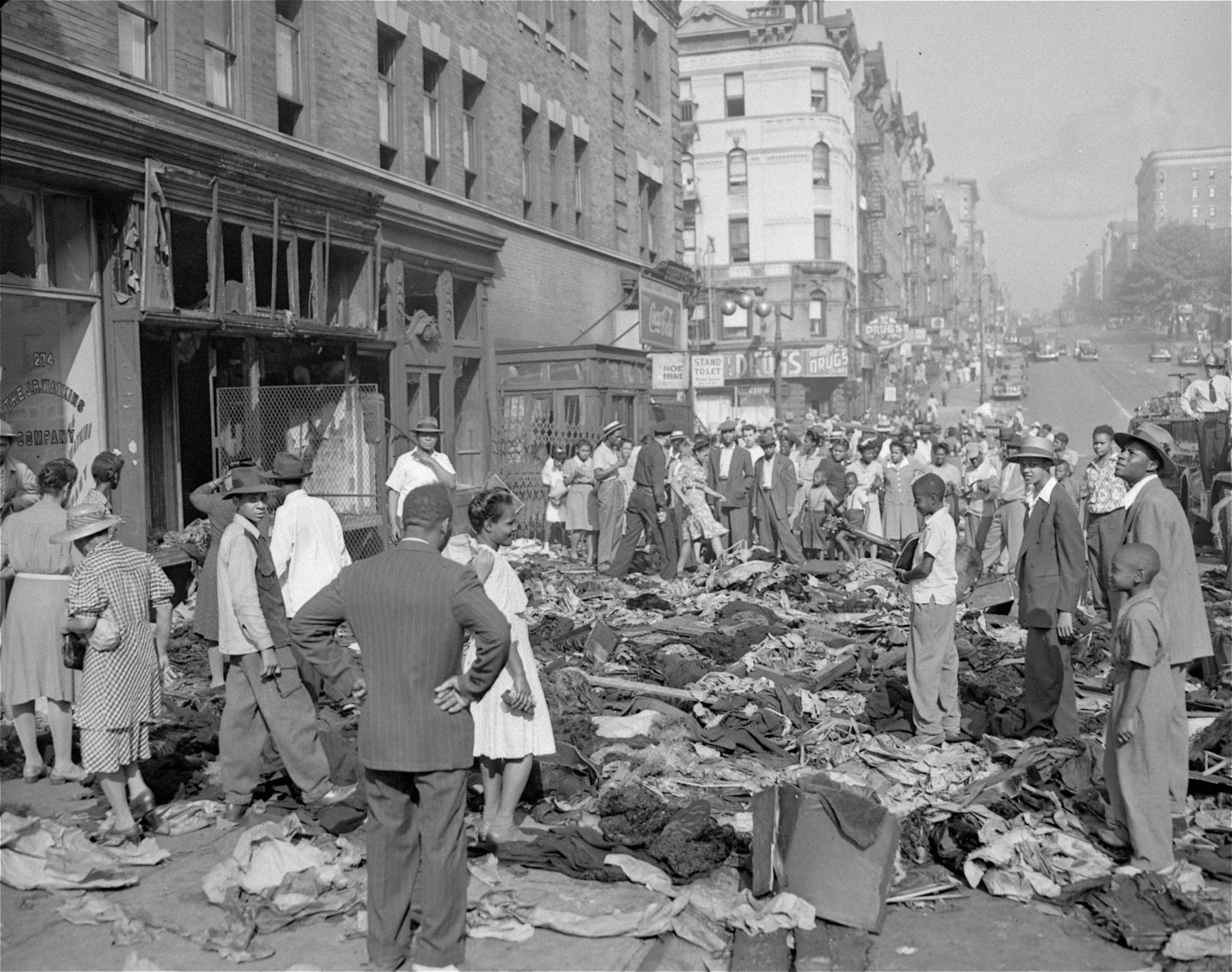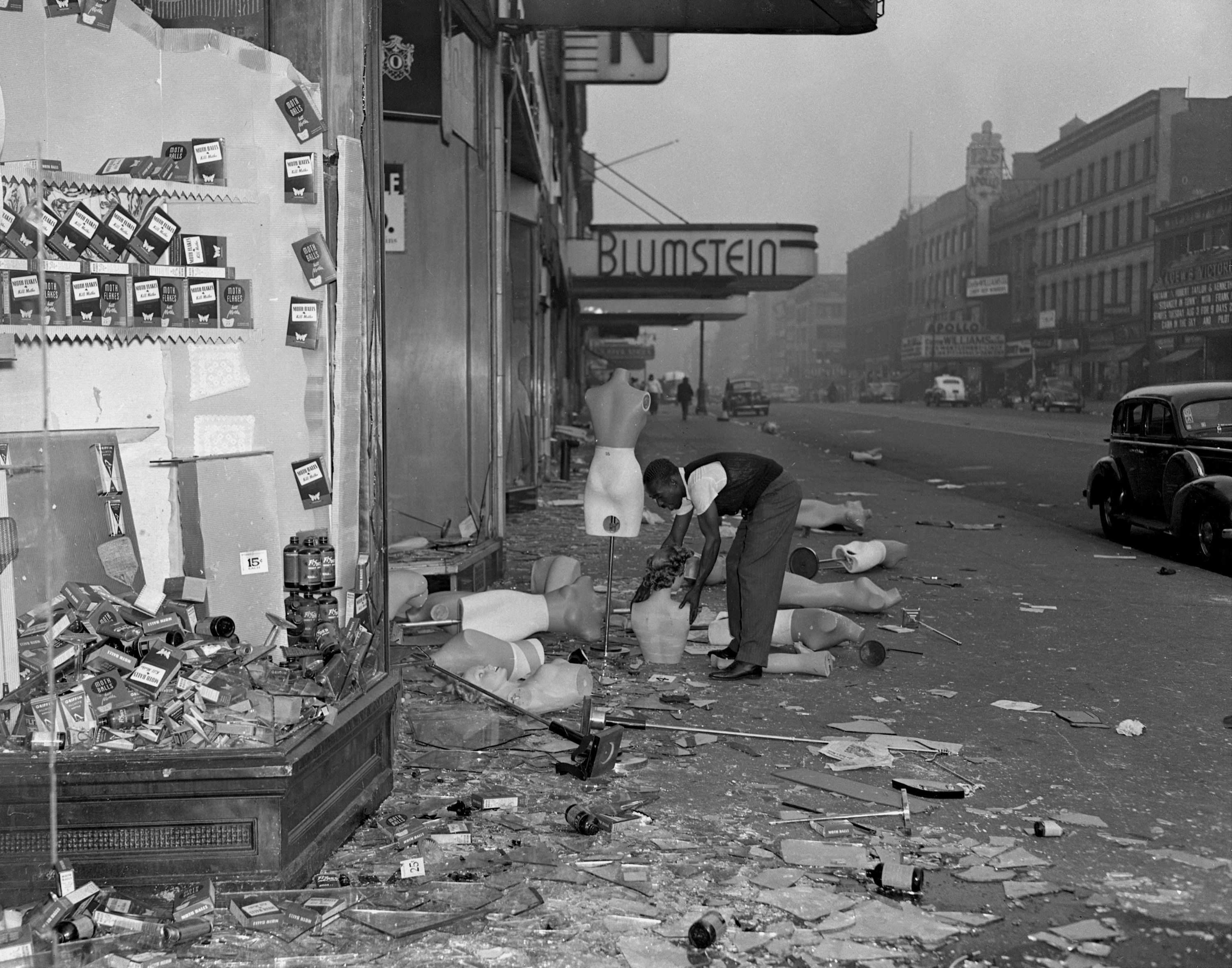
The last time New York City had a curfew, it was imposed by then-mayor Fiorello La Guardia during World War II. It was in response to what was known as the Harlem riots, which started on Aug. 1, 1943, when a young Army private was shot by a white police officer in the Hotel Braddock uptown.
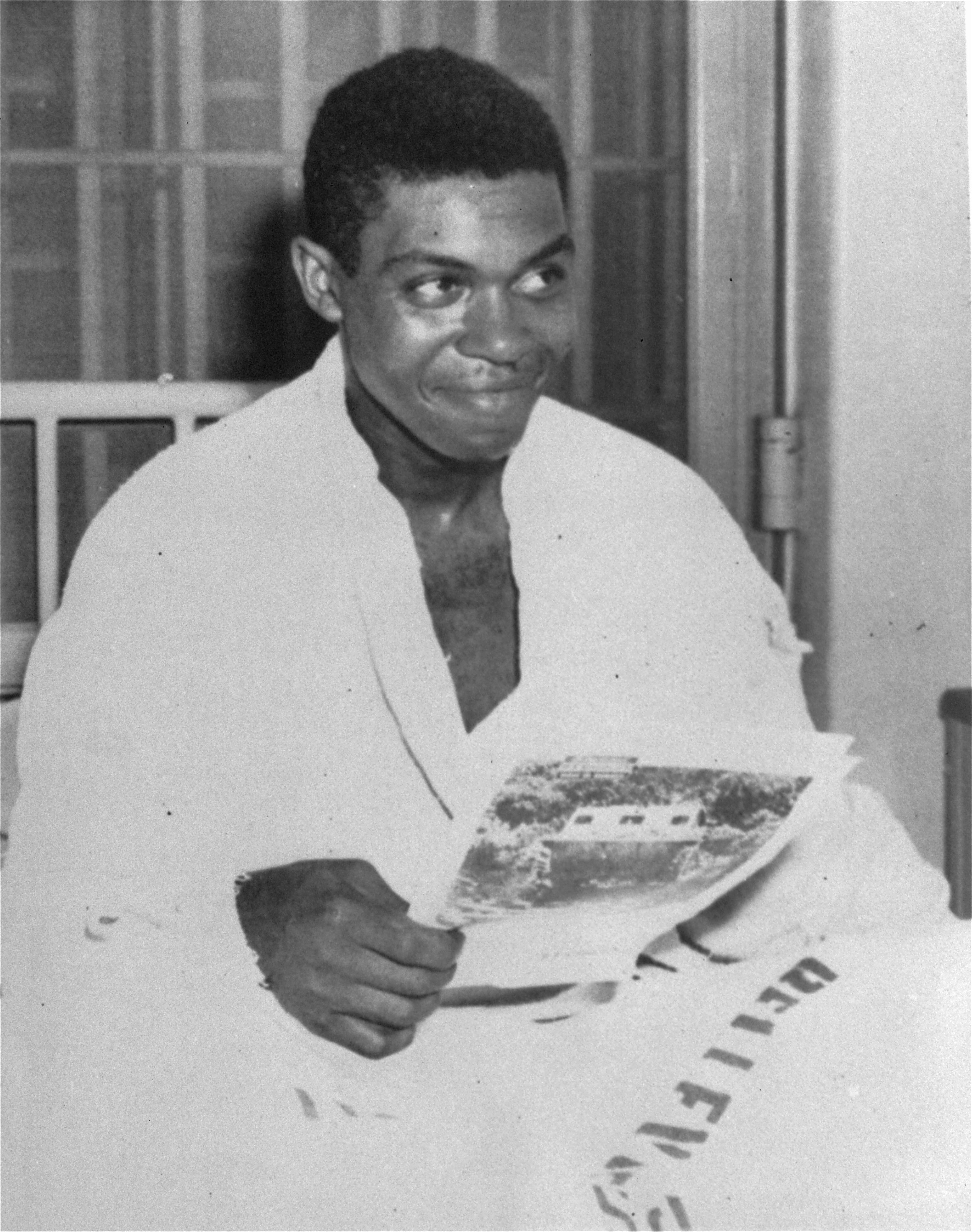
Private Robert Bandy, a young black man on leave from his New Jersey posting, interfered in the arrest of a woman at the hotel and got into a fight with the white police officer. The officer alleged that Bandy tried to grab his nightstick, causing him to discharge his gun. Bandy was wounded in the shoulder and taken to the hospital, but rumors that he had been killed sparked protests.
Tensions around race were already running high, with Jim Crow laws still commonplace in the South. At the same time, black service members were being treated as second-class citizens in segregated military units, despite their contributions to the ongoing war effort. The allegation that a white officer had shot a black soldier resulted in two days of riots, during which hundreds were injured, scores arrested, and dozens of stores — primarily white-owned ones — destroyed.
According to the New York Daily News, La Guardia said the rioting had been "instigated and artificially stimulated" by "radicals." The same publication cited Adam Clayton Powell Sr., the Harlem pastor and activist, blaming "a callous white power structure." La Guardia instituted a 10:30 p.m. curfew, which until this week's protests was the last time the entire city of New York was under curfew.
Within a few days, order was restored in Harlem, Bandy made a full recovery, and the white officer was placed on probation for a year.
